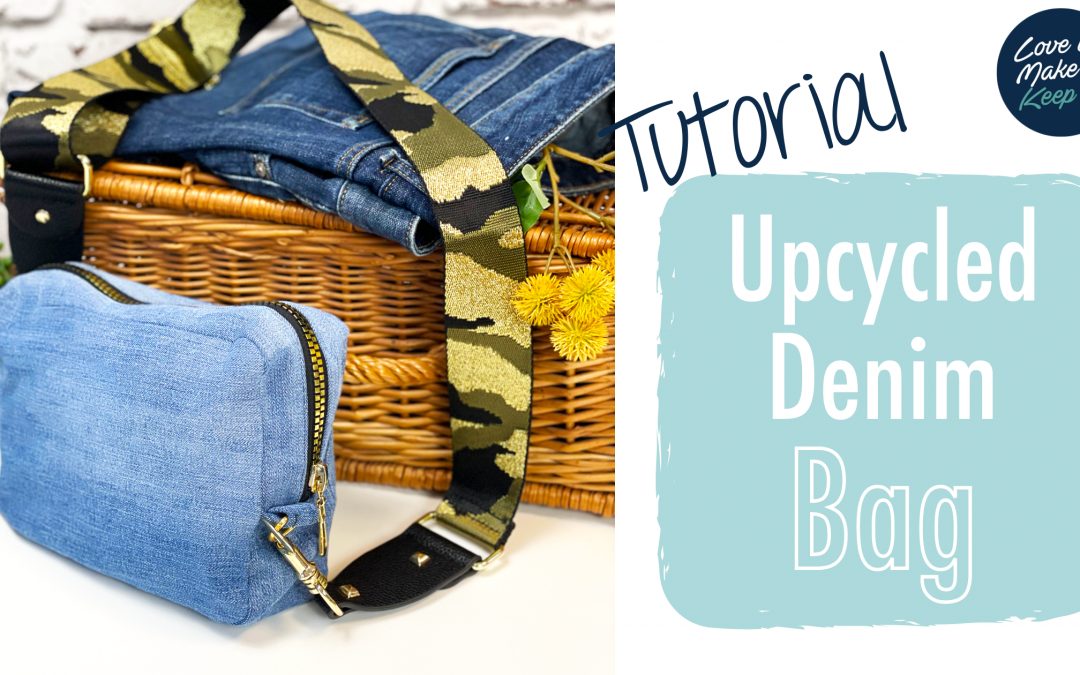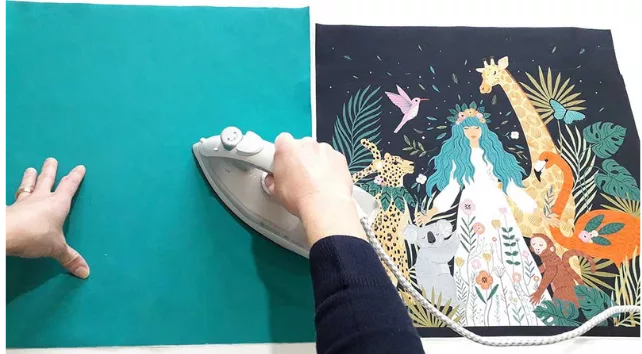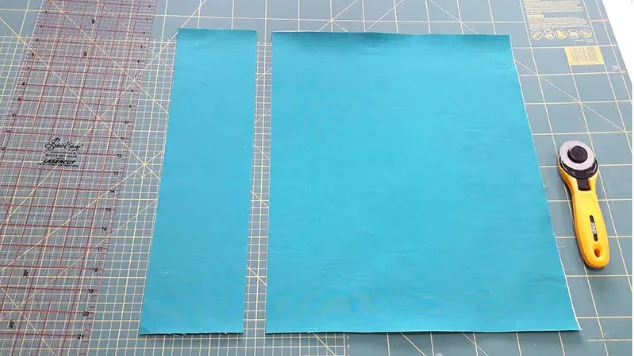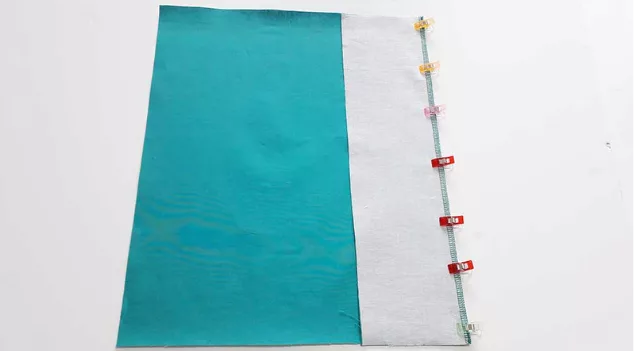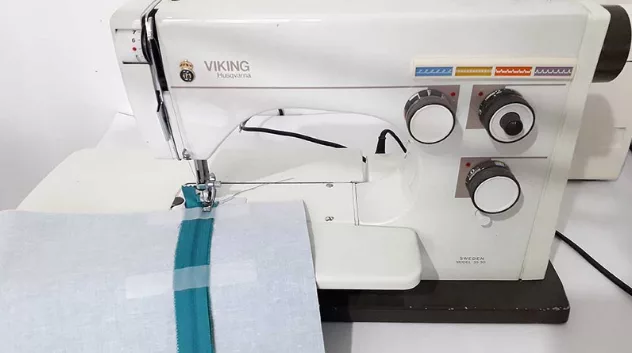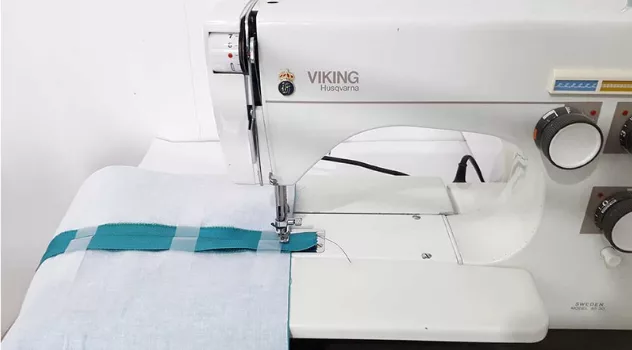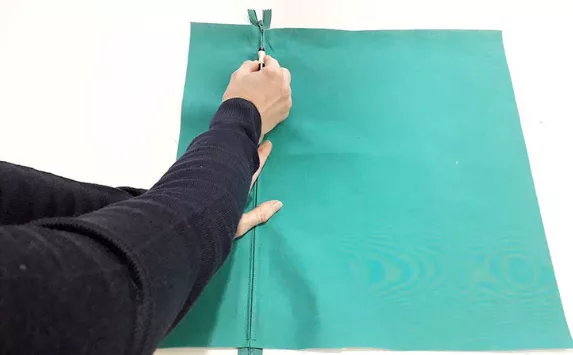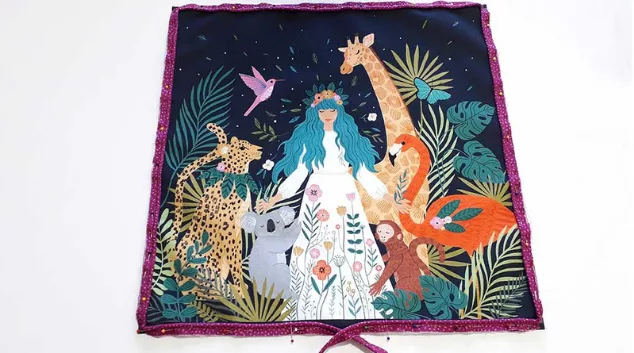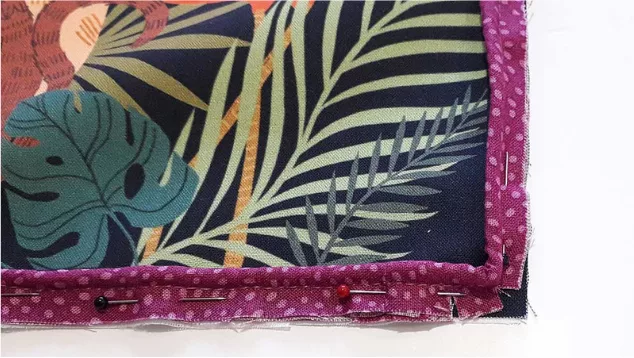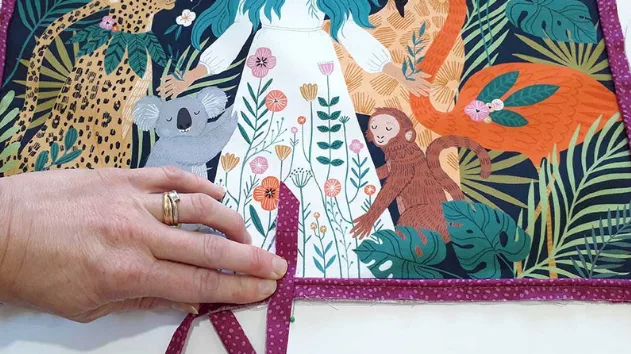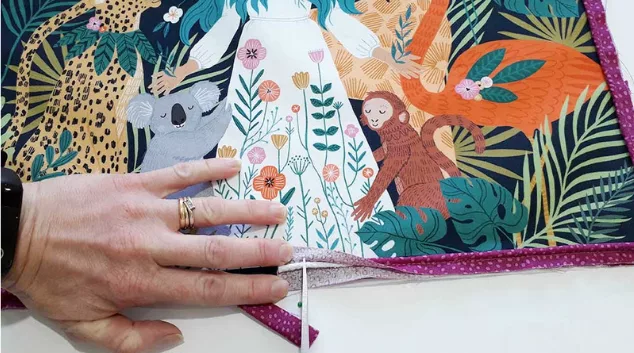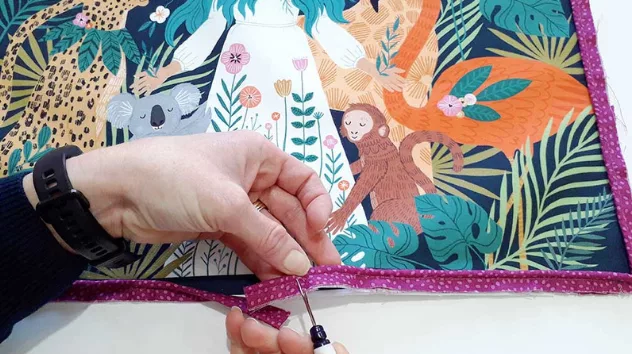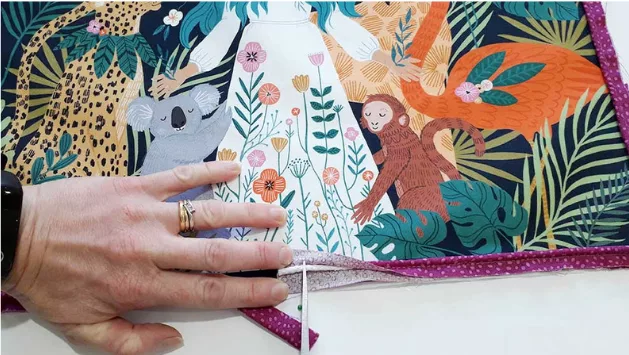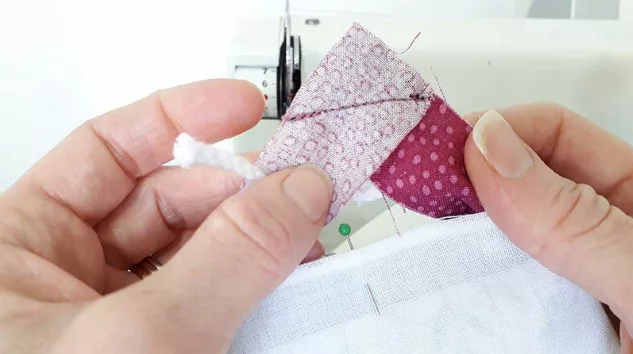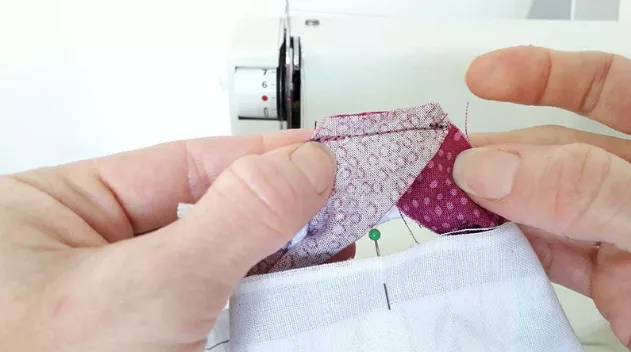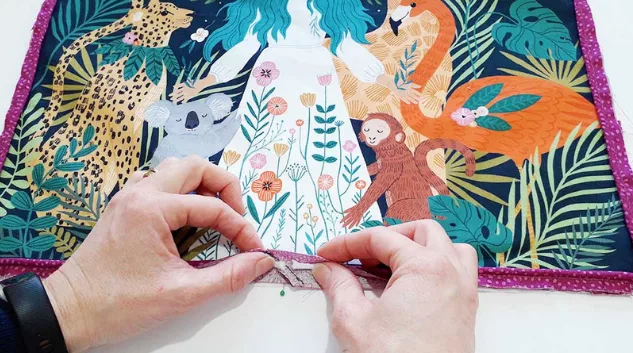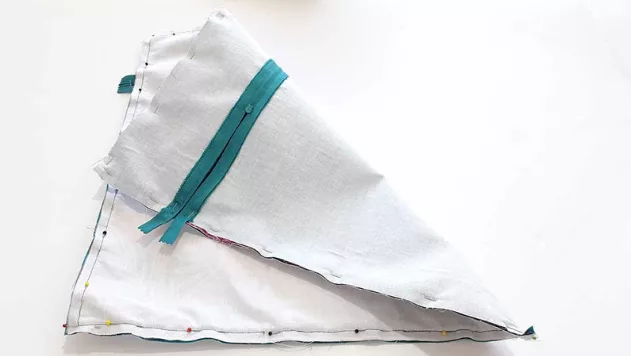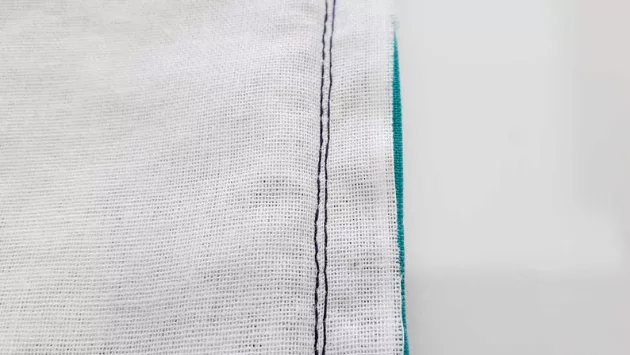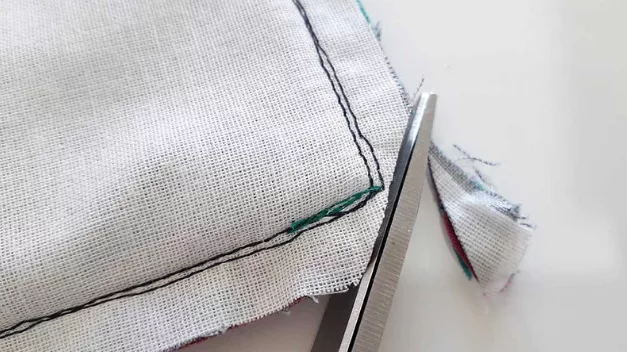
Centered Zip Tutorial For Beginners
Have you ever sewn a centred zip? It’s a great zip for beginners to start off with and it’s really not that hard so we’ve put together this Centered Zip Tutorial for you.
If you’re sewing a centred zipper for the first time or want to gain confidence in inserting them, this great tutorial contains a few tips and tricks to help you sew a centred zip.
Once you’ve mastered lining up the zipper tape, which can be the trickiest part, you’ll be able to insert a zipper with confidence and experiment with different types.
Zips! The most frequent task we are asked for help with. And something many get nervous about. With practice and a few surprising tools to hand they aren’t as tricky as you think.

What is a Centred Zip?
A centred zip is a type of zipper insertion in which the zip teeth are centred between the fabric. The fabric covers the sides of the zipper equally meeting in the middle and you are able to see the stitch on either side of the zip.
How to Sew a Centred Zip
Skill Level: Adventurous Beginner
You Will Need:
- A simple zip project; try our cushion tutorial here or a pencil case.
- A zip 1″ longer than needed, the length of the zip refers to the zip teeth, do not include the tape ends.
- Contrasting thread for basting
- Matching thread for sewing
- Zipper foot
- Medium weight interfacing
Optional additional resources:
- Ghost tape (cloudy sticky tape/ Scotch Tape)
- Lint roller
Top Tip:
While getting the hang of zips, insert them as the first step of your project; it’s far easier to work with flat fabric and it takes the pressure off any potential ‘whoops’ moments.
Boring Legal Bit: If you follow any tutorial or guidance found in this post, or on this blog, you agree to be bound by our disclaimer which can be viewed here
Step 1:
Apply a strip of interfacing to each side of the zip opening*. The 2 strips need to be the full length and width of the zip, not exceeding the length of the fabric.

Step 2:
Tidy the raw edges of the zip opening. Use a non-bulky method; zig zag stitch or overlocking are ideal.
Step 3:
Clip the 2 sides of the zip opening right sides together.

Step 4:
Baste along the zip opening with a 1.5cm seam allowance and contrasting thread.
Step 5:
Press the seam open.
*interfacing is not needed for heavier weight fabrics unless they are loosely woven.

Follow us on Instagram!
Step 6:
Align the zipper teeth along the seam line. Position the zip pull side down zip bar at the bottom of the project, pull overhanging the top.

Step 7:
Tape the zip in place.
Step 8:
Starting at the top of the project nearest the zip pull, begin sewing using a 2.5 straight stitch length and a zipper foot. Backstitch at the start then sew down to the bottom of the zip. If the zip has a metal bar be careful near the bottom.

Step 9:
Stop sewing just below the bottom bar. Turn and sew across the bottom carefully. Backstitch for added strength.

Step 10:
Turn and sew along the other side of the zip teeth to the top and backstitch
Step 11:
Turn the project over and unpick the basting stitches using a seam ripper. Remove all loose threads (a lint roller can help with this) then test the zip.

Never miss a guide or tutorial
Click to join our mailing list!
How do I sew a centered zip into a project?
To sew the centered zip into the project, vertically pin the opening end of the zip in place then unzip it by 3cm or more before sewing. Carefully backstitch when sewing over the zipper teeth. Excess zip tape can then be cut off.

Zip tips
- The edge of the zip foot should run alongside the zipper teeth with the needle on the side closest to the teeth.
- Start sewing on the side that has the least bulk under the sewing machine arm.
- To keep the zip tape/ seam aligned, sew slowly, keep the edge of the zip tape at the same depth along the seam allowance, the edge or the seam tidying can provide a guideline. Use the presser foot as a guide for keeping the seamline straight; part of it may align with the zipper teeth or part of the zip tape.
- If alignment is still proving tricky, try sewing from the right side of the fabric, mark just above the bottom bar with a pin to mark where to stop.
We hope you found this centered zip tutorial useful!
Let us know how you get along in the comments below 🙂
Follow Plush Addict on social media and keep an eye out for more step-by-step tutorials!

